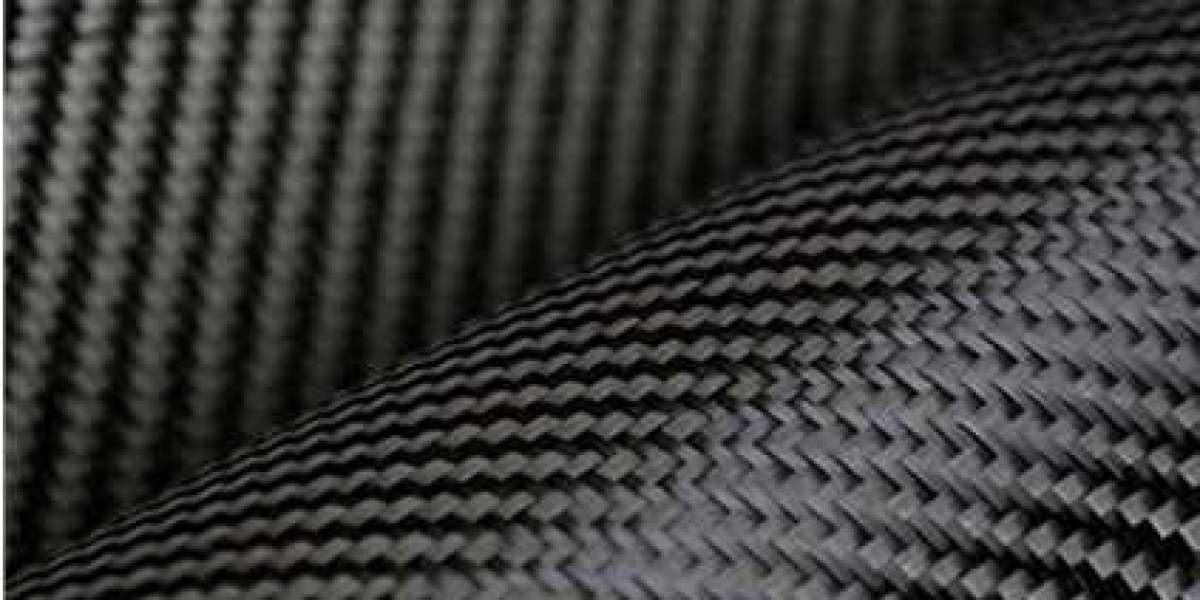Definition
Carbon fiber is a high-strength and high-modulus fiber with a carbon content of more than 90%, which is produced by high-temperature carbonization of raw materials such as acrylic fiber and viscose fiber.
Characteristic
Carbon fiber has excellent properties such as light weight, high strength, high modulus, high temperature resistance, and corrosion resistance, and is an ideal reinforcement for manufacturing high-performance composite materials.
Raw Material Selection and Preprocessing
Raw materials
Acrylic fiber and Viscose fiber
Reasons:
high carbon content
molecular chain structure suitable for carbonization.
Preprocessing
1.Cleaning
2.Drying
3.Spinning
4.Removing impurities
5.Adjusting the molecular structures forms.
Process of Fiber Production
Spinning
Machine: Spinning machine
Quality Control:
spinning temperature, speed, and stretch ratio, etc.
Form Control
The diameter, section shape and crystallinity of the fiber can be controlled by adjusting the spinneret shape, stretch ratio and heating process.
The carbonization process and control
Temperature Time Control
Temperature: 1000 ~ 3000 °C
Time Control: precisely controlled
Required environment pressure
Environment: Inert gas / vacuum
Pressure: in a certain range (to ensure the morphology and structural stability of the fibers.)
Final Processing
Cooling, cleaning, drying, and surface finishing
( to further improve the performance and stability of the fibers.)
Advantages Applications
Advantages of Carbon fiber products:
light weight, high strength, corrosion resistance, fatigue resistance, etc.
Applications: military industry, aerospace, automobiles, new energy, mechanical equipment, and sports goods, etc.








